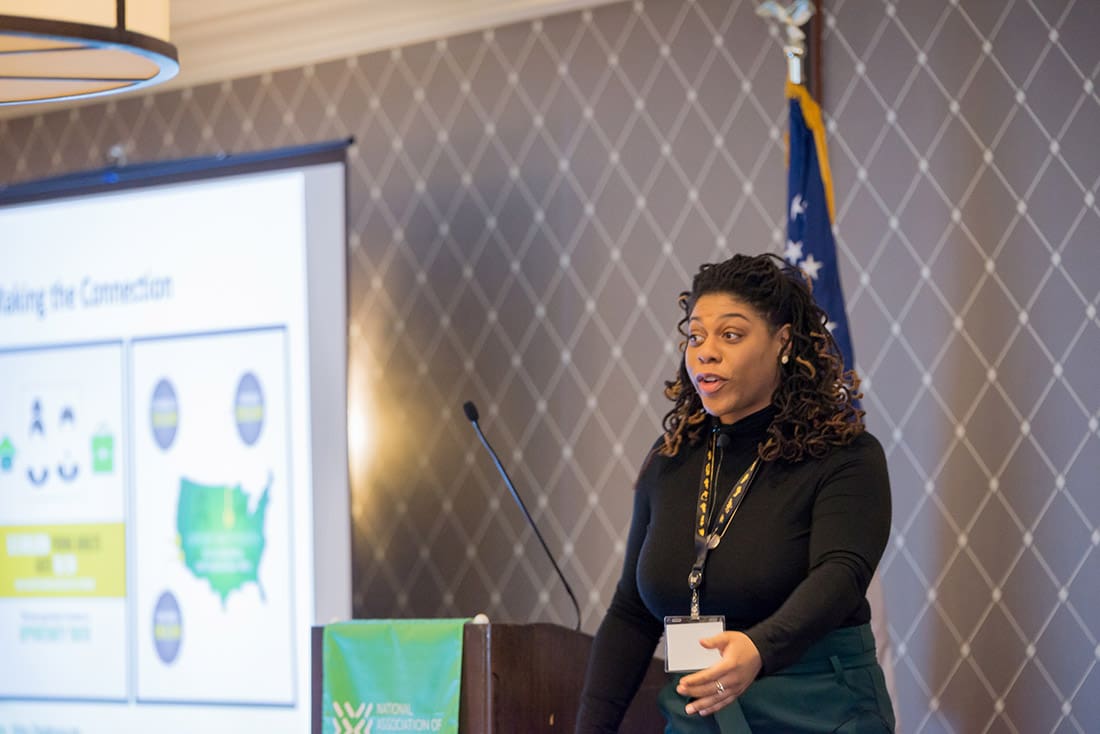
Most companies would likely say they welcome a more diverse workforce. But they don’t know how to get the culture of diversity they seek. A session at NALP’s upcoming Workforce Summit based on the association’s new Diversity and Inclusion program will provide the framework and lenses for looking at your company differently to attract and retain communities of people currently under-represented.
During the session, speaker Sarah Anderson from American Forests will navigate difficult discussions. This includes what systemic changes need to be made to attract women to entry-level field positions and executive roles. Also, the session will address how to attract a workforce that more closely resembles society. Through facts, stats, testimonials and best practice examples, she will explore the benefits of breaking down existing barriers that may restrict the ability to attract the best and brightest to the field.
Here’s a little more from Anderson about the culture of diversity that she’ll talk about at the upcoming session.
Look at the Current Culture of Diversity Within Your Company

For landscape professionals looking to add more diversity to their workforces, Anderson suggests first looking at your current employee makeup. How comfortable would new employees of color or women feel stepping into one of your crews? She calls this “trust and evidence. Multicultural companies that hire a diverse workforce built this on trust and evidence. This means a person would look at your company and if they don’t see evidence that you hired or promoted someone like them before, why would they consider working for you? Why would they trust you?”
For instance, 75% of white Americans have white social networks, Anderson says. “You need to build that trust and evidence with the variety of people you want to hire,” she explains. “People usually tell others about jobs. They reach out to friends to fill jobs. If your employees’ social networks are all one race, you can see where it’s challenging to become more diverse.”
A Culture of Diversity Comes With Pros
According to a McKinsey & Co. study, ethnically diverse companies are 35% more likely to outperform the industry median, Anderson says.
This gives lawn and landscape companies a great reason to boost the diversity in their organizations. It also gives them a larger pool of candidates from which to hire. This is a great perk considering they need workers so desperately today.
EDITOR’S NOTE: The landscape industry is experiencing a workforce crisis. No amount of action from any individual company will solve this problem. It is time for industry professionals to work together to identify solutions to this crippling challenge. Attend the Workforce Summit, March 1-3 in Alexandria, Virginia to learn more.

